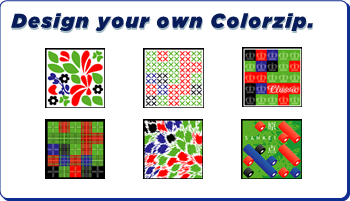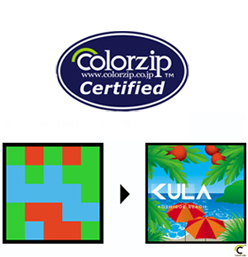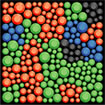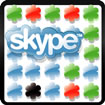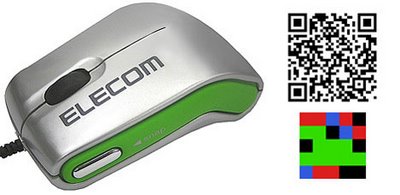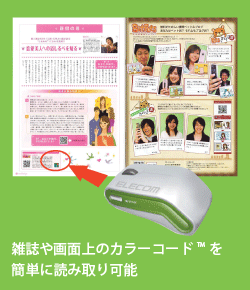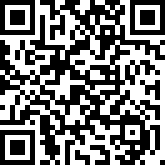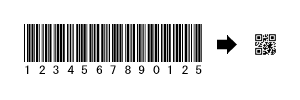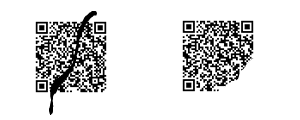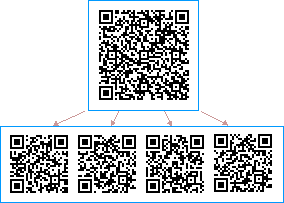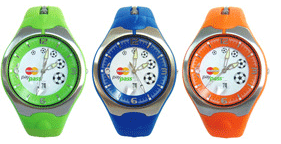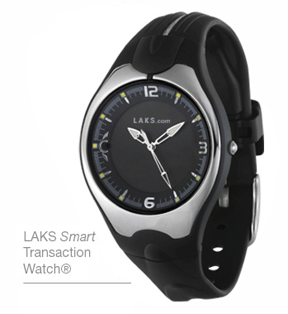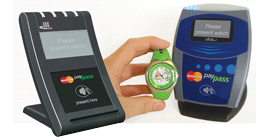 Ralph Lauren's Chicago flagship has a new high-tech function that gives new meaning to "window-shopping." Image Credit: BusinessWeek/images 06/11/1123_xmas
Ralph Lauren's Chicago flagship has a new high-tech function that gives new meaning to "window-shopping." Image Credit: BusinessWeek/images 06/11/1123_xmasChristmas Shopping Gives Us A Window On The Future
This Christmas, the shopping experience has taken to the streets!
In an innovative and technologically inventive move, Ralph Lauren, Chicago, decided to do more than just decorate its flagship store window for Christmas, it decided to turn the window display into a combination website and Point-Of-Sale checkout station for the self-service minded consumer who happened to be out-on-the-town ... "Window Shopping".
Excerpts from BusinessWeek -
Shopping in a Window Wonderland
Big stores in cities such as Chicago have always hosted fab holiday windows. Now those displays are high-tech, high-end - and crucial to sales
By Reena Jana - BusinessWeek, Innovation - November 23, 2006
Holiday shoppers strolling down Chicago's stylish Michigan Avenue are accustomed to the extravagant window displays beckoning consumers to buy pricey gifts. But this year, the street's Ralph Lauren (RL) store is introducing an unusual alternative, one that gives new meaning to the phrase "window shopping."
On Nov. 20, Ralph Lauren installed a 67-in. touch-screen display that allows passersby to purchase any item from the company's RLX line of high-performance ski-wear - 24 hours a day. They can then retrieve available items from inside the store, or have the clothes shipped from a central warehouse - no long check-out lines necessary.
"Our goal was to do what we thought was the most exciting holiday window we could create," says David Lauren, senior vice-president of advertising, marketing, and communications at Polo Ralph Lauren (and the founder's son). The tech-savvy strategy is designed to appeal to sophisticated early adopters.
----
"We also saw the interactive window as a way to reinterpret the Ralph Lauren brand," ... one that is often associated with traditional, preppy clothing ... "in a very modern way," Lauren says. The touch-screen window also displays informational videos on ski conditions in the jet-set destination of Aspen, and ski tips from experts.
----
A prototype of the Polo Ralph Lauren window debuted in New York, at the Polo Ralph Lauren store at 888 Madison Avenue, during the U.S. Open Tennis Championship in August. Often, crowds lined up around the block to get a glimpse of the window or to purchase clothes using it.
Although Lauren won't divulge the cost of the windows, he jokes that it is about the price of buying an ad in two issues of a weekly print magazine, which is roughly estimated in the $140,000 range. Such a relatively modest sum could fuel a full three months of eye-catching brand promotion vs. two weeks of magazine ads. The Chicago window is scheduled to remain through February 19.
----
The interactive window was inspired by Steven Spielberg's Minority Report, in which Tom Cruise manipulates a giant, vaporous computer screen with his hands like an orchestral conductor. Lauren called Spielberg directly to see if the technology was possible. When he learned that the display was just a digital special effect, he began developing a system internally.
After the prototype debuted in New York in August, Lauren received a phone call from Spielberg. "He called us to find out how it worked," Lauren says of the window. While he can't describe the full technical details, he says the screen's futuristic effects are achieved via rear-projection of images. The touch-sensitive window is enabled by a transparent foil embedded with electrodes.
And it's not only the luxury stores experimenting with new, spectacular ways of drawing in buyers. Macy's Herald Square department store in New York, for example, is featuring interactive window displays for the first time. The concept suggests a children's version of the Ralph Lauren touch-screen windows. Passersby touch pads shaped like red stars (the Macy's logo) to set animatronic figures in motion.
At a time when the National Retail Federation is predicting that total holiday spending will increase 5% in 2006 to $457.4 billion, retailers understand there are potentially more dollars to be made than in previous years. For luxury emporiums and mid-range stores alike, developing a stronger brand identity via show-stopping window displays - or, in the case of Ralph Lauren, interactive sales windows - appears essential to a merry holiday selling season.
Read All>>
